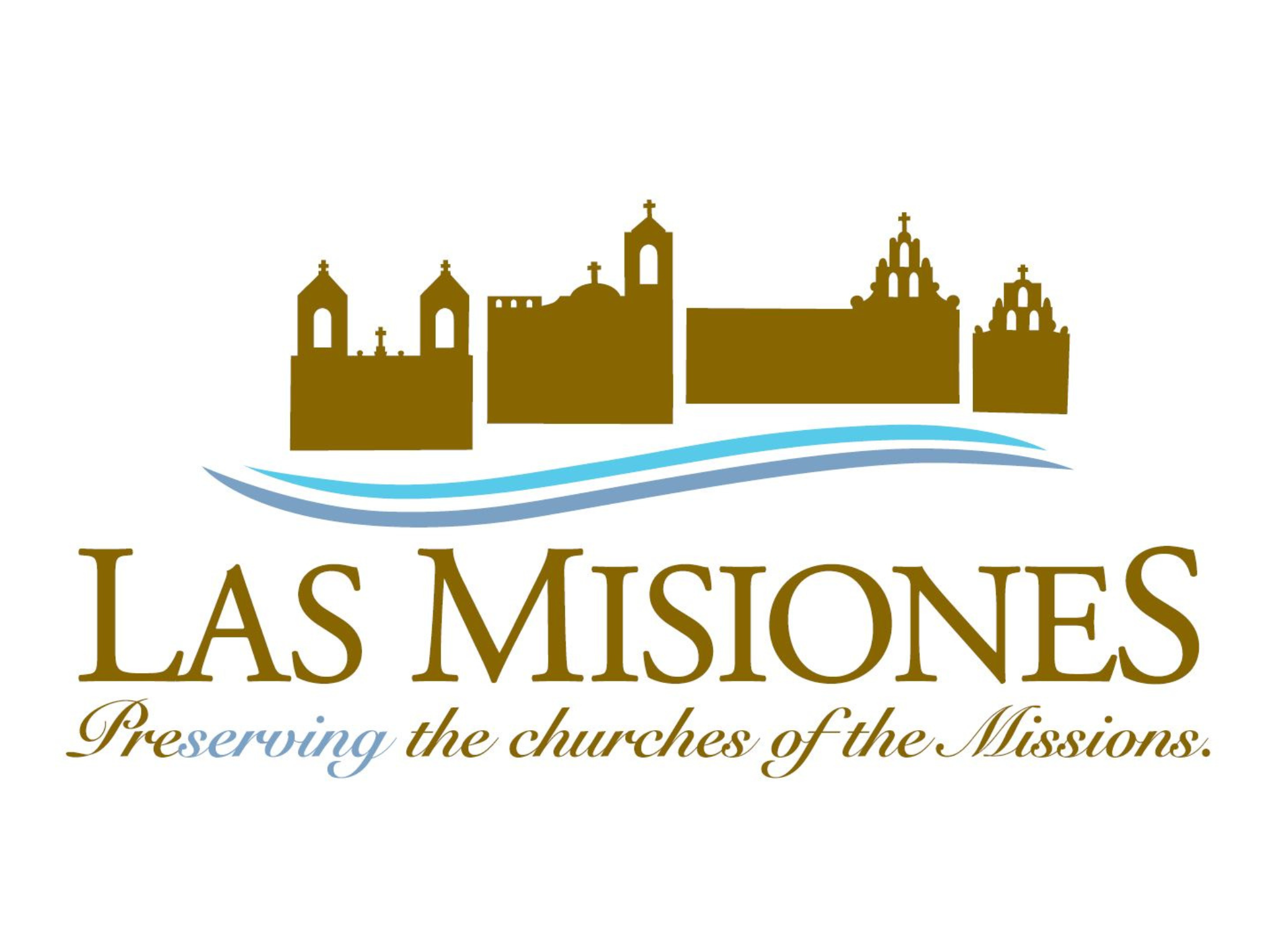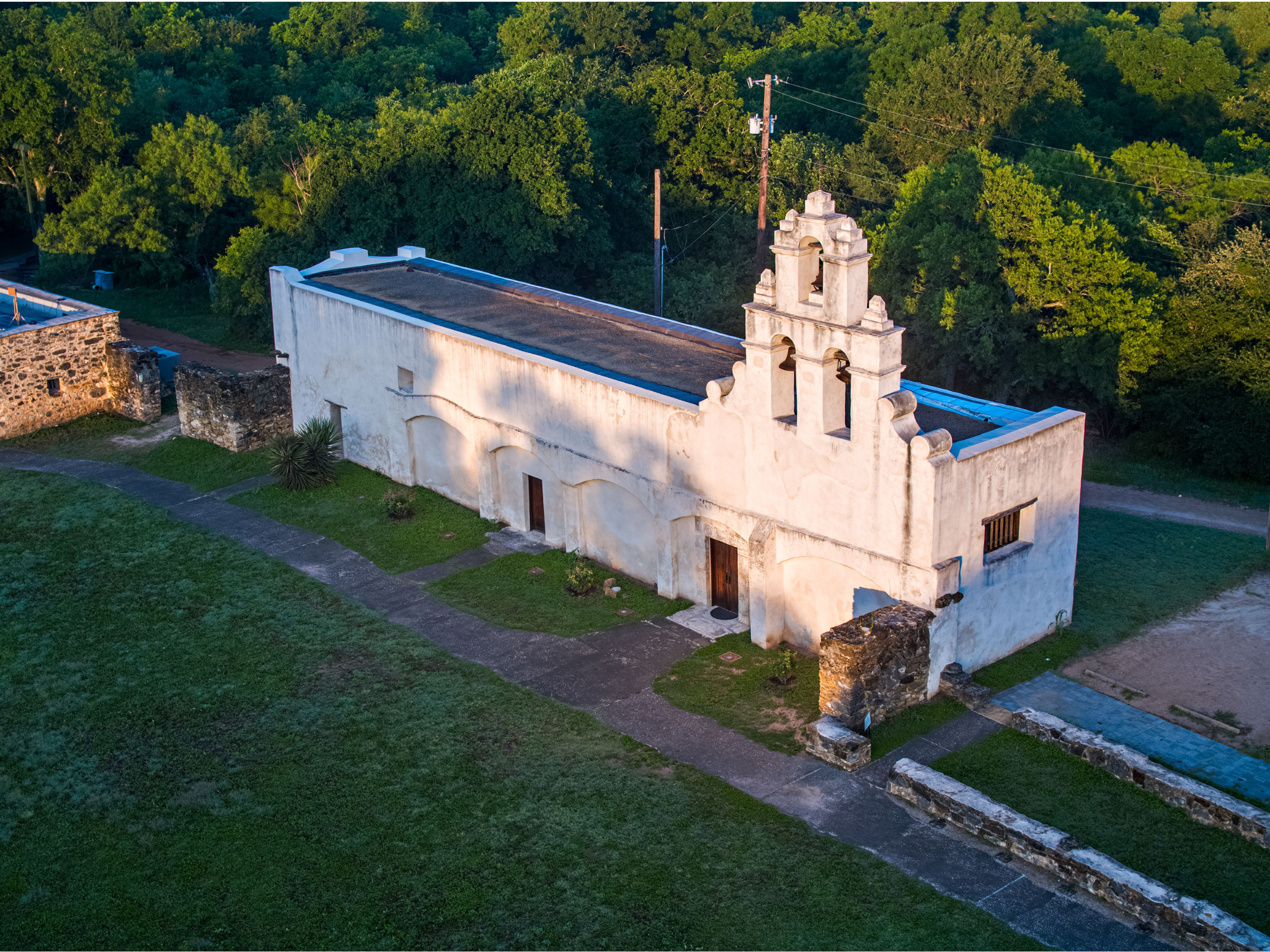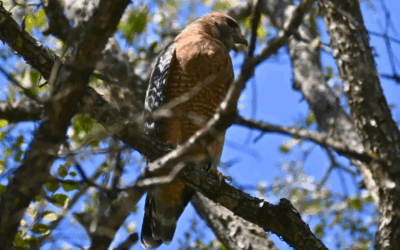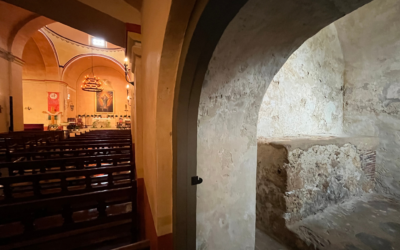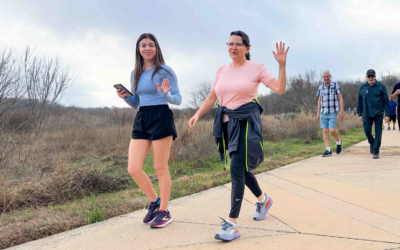Las Misiones: Preserving San Antonio’s Historic Treasures
The Archdiocese of San Antonio is uniquely blessed with four active Spanish Colonial mission churches that makeup the only UNESCO World Heritage Site in Texas. These sacred spaces have inspired pilgrims, tourists, and local faithful alike for nearly three centuries. Have you ever wondered how these almost 300-year-old churches have remained standing? The answer lies in the dedication of individuals, parish communities, and organizations committed to preserving this remarkable part of our Catholic heritage.
By 1825, the Franciscan friars who established the missions had departed, and mission lands, animals, and tools were distributed among the remaining inhabitants. The care and staffing of the churches fell to San Fernando parish (now San Fernando Cathedral). In the tumultuous decades that followed—marked by Texas’s independence, statehood, and the Civil War—the missions experienced neglect and damage.
Mission San José endured a devastating collapse on Christmas Eve in 1874, when a portion of its north wall, dome, and roof gave way during Midnight Mass. Miraculously, the faithful had gathered for the service in the adjacent sacristy, so no one was injured. Both Missions San Juan and Espada had lost their roofs and large portions of their walls. Mission Concepción alone has avoided serious structural deterioration, earning the distinction of being the oldest unrestored stone church in the United States.
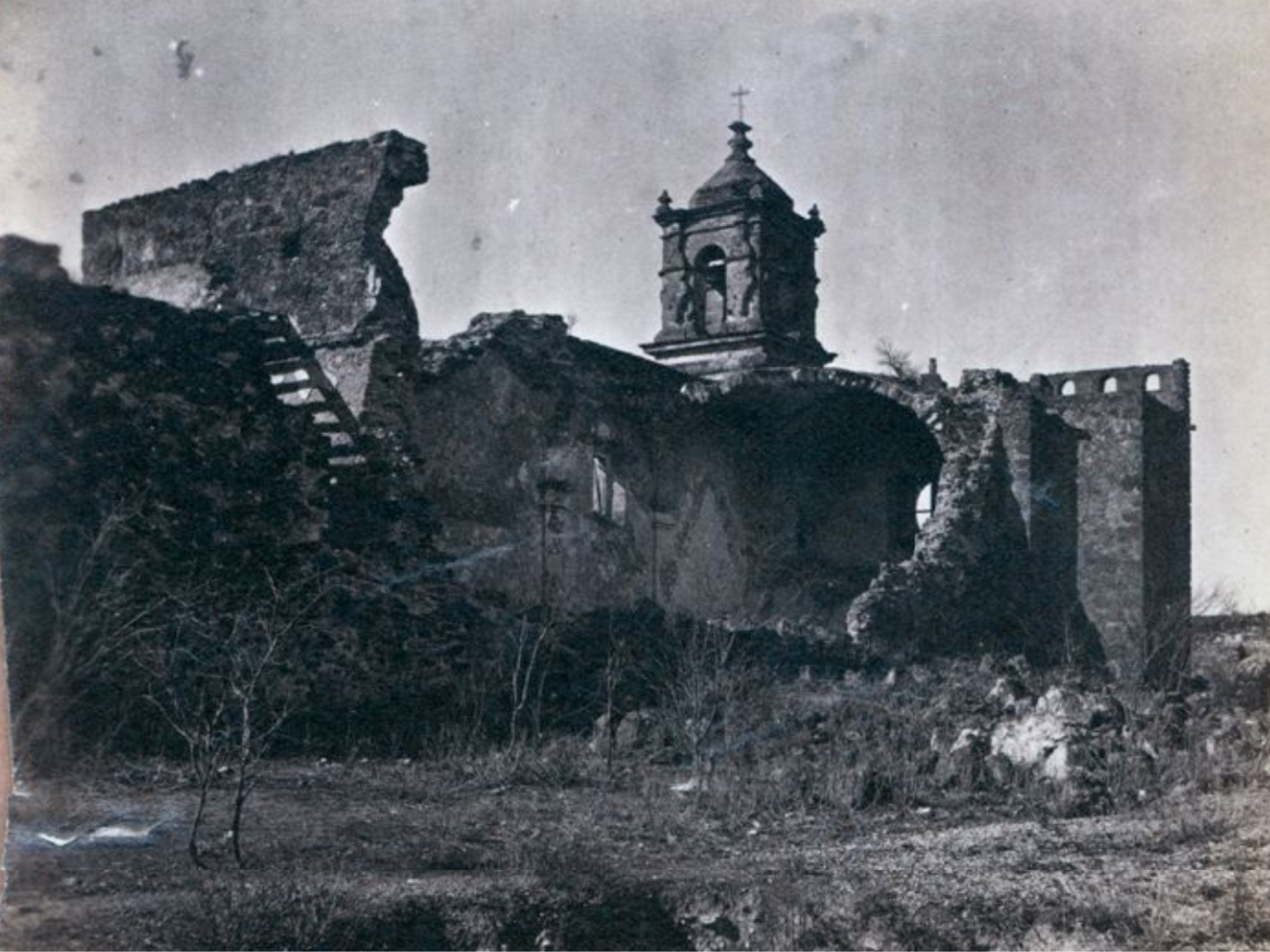
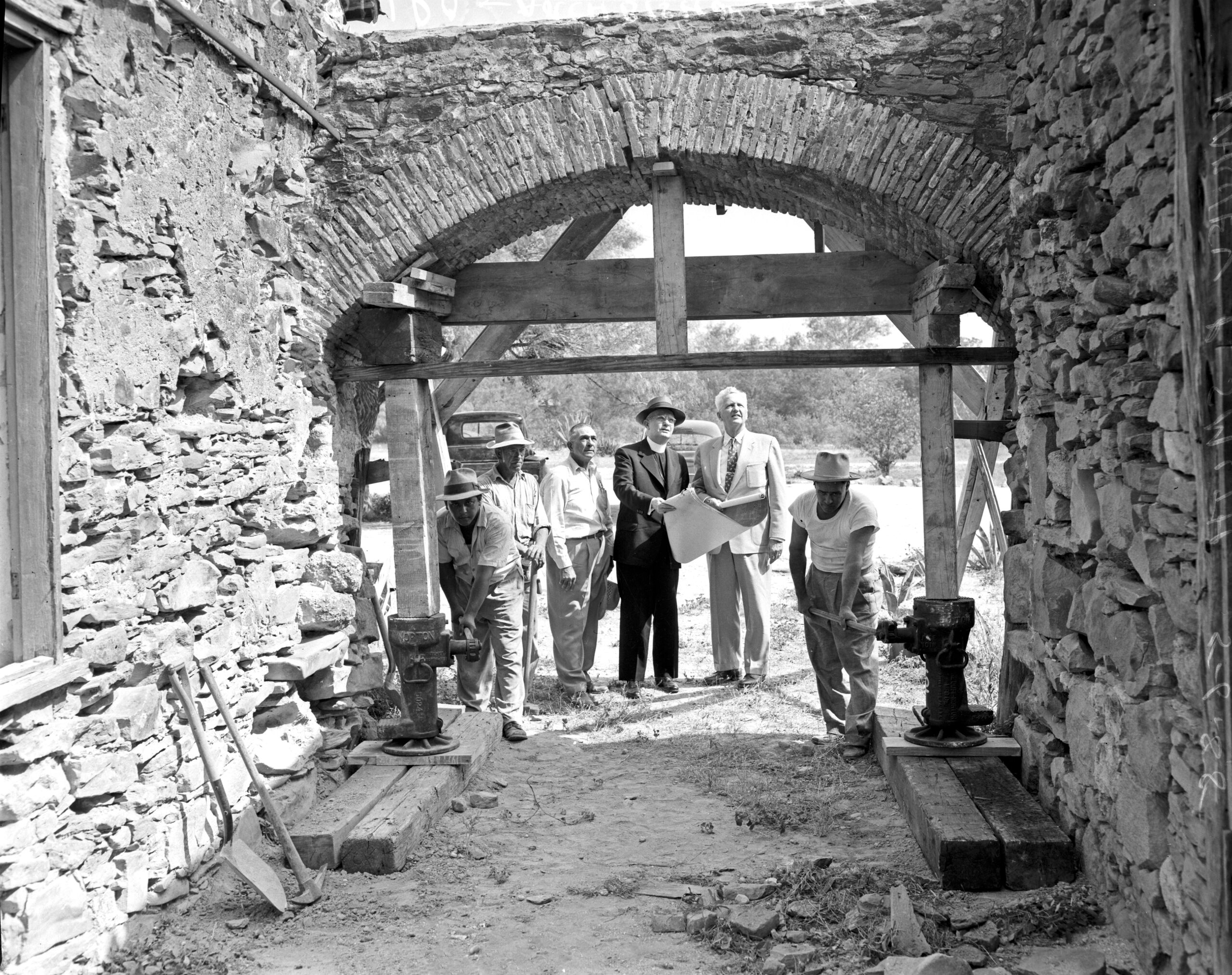
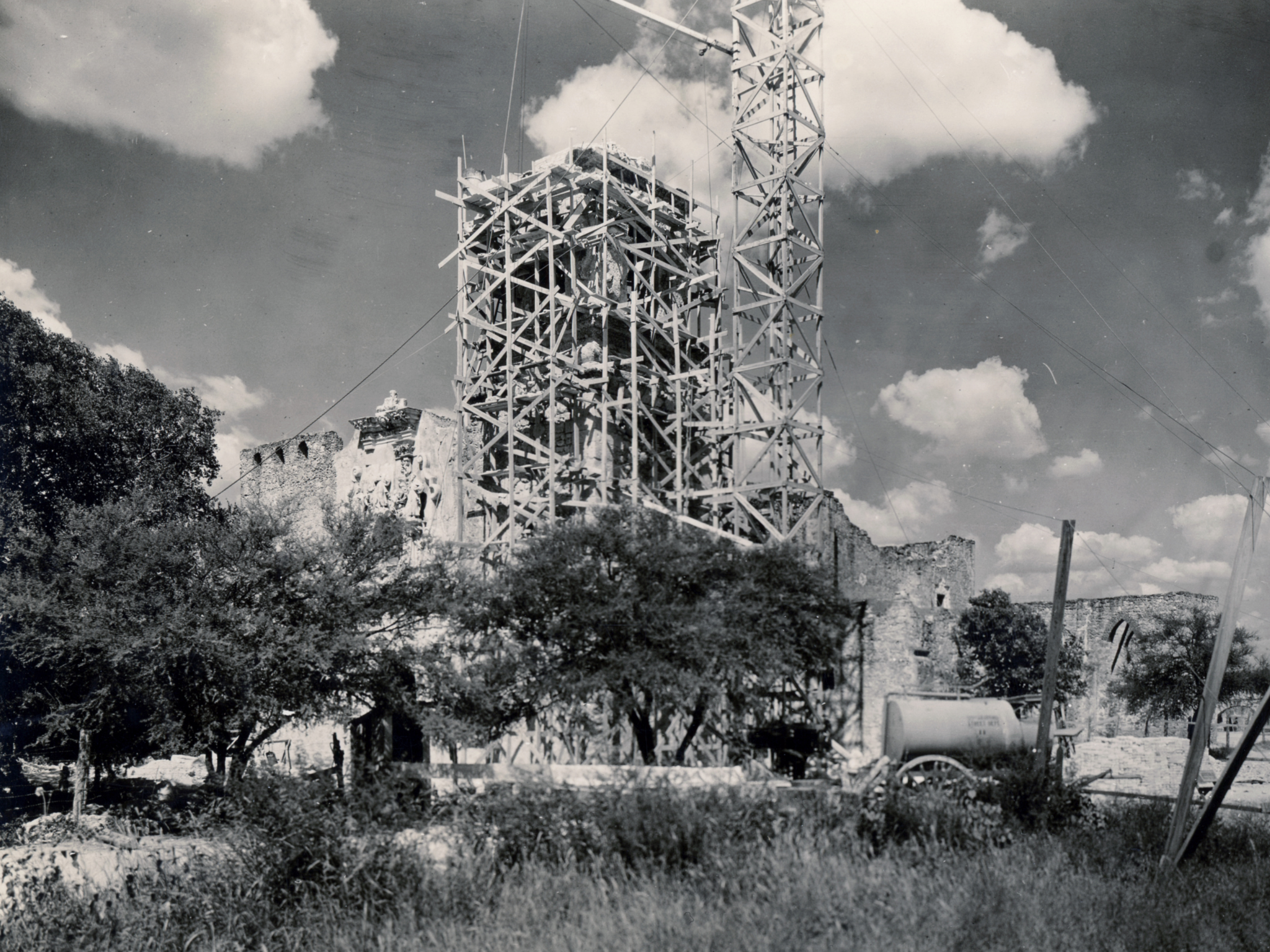
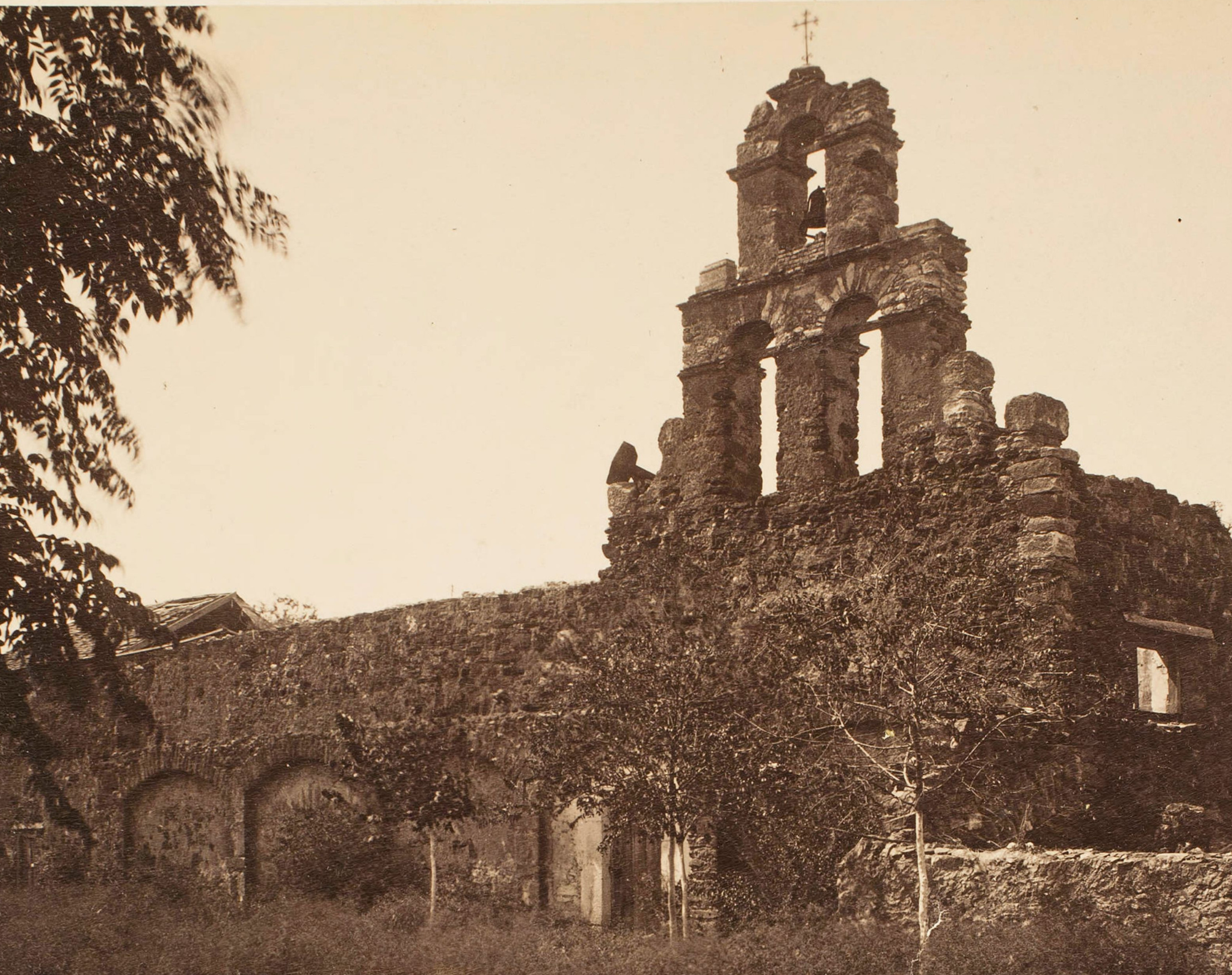
At the turn of the 20th century, interest in the missions began to grow. Father Bouchu, a French priest at Missions San Juan and Espada, rebuilt those churches. Tourists started driving out to see the ruins of Mission San José, spurring initial restoration efforts. Then, in 1928, Mission San José’s bell tower collapsed, prompting a wide range of community members and organizations to come together and save what had once been called the “Queen of the Missions.” Their restoration efforts complete, Mission San Jose was rededicated in 1937.
Significant support in the 20th century ensured the missions would continue to serve as places of worship and living history. Local parish communities became more robust. The Sisters of Charity of the Incarnate Word established a school at Mission Espada, while St. John’s Seminary operated at Mission Concepción—both adding vital life and daily use to these historic buildings.
Despite initial restoration efforts, the cost of modernizing and maintaining the missions increased steadily. Monsignor Balthasar Joseph “Balty” Janacek emerged as a key figure, remembered for his fondness for and dedication to the San Antonio mission parishes. Recognizing the need for additional funds to preserve the small mission churches, in 1967, he founded an organization to assist with fundraising and by 1983 he had incorporated the nonprofit Old Spanish Missions, Inc., now known as Las Misiones. He is best known as a beloved spiritual advisor who negotiated the landmark agreement between the Archdiocese of San Antonio and the National Park Service creating the San Antonio Missions National Historical Park in 1978.
Father David Garcia is another key figure in the preservation of the mission churches, as well as their designation as a World Heritage site. Not only did he attend St. John’s seminary when it was located at Mission Concepción, he became the Administrator of Mission Concepción, retiring in 2019. As a young priest, Fr. David was involved in Msgr. Janacek’s preservation efforts, and later led a capital campaign that raised over $15 million for the mission churches, ensuring the churches could be updated and creating an endowment for annual maintenance. With this substantial support, Las Misiones established a 10-year plan to address needed maintenance and larger restoration projects at each mission church, all while remaining in close communication with the pastors.
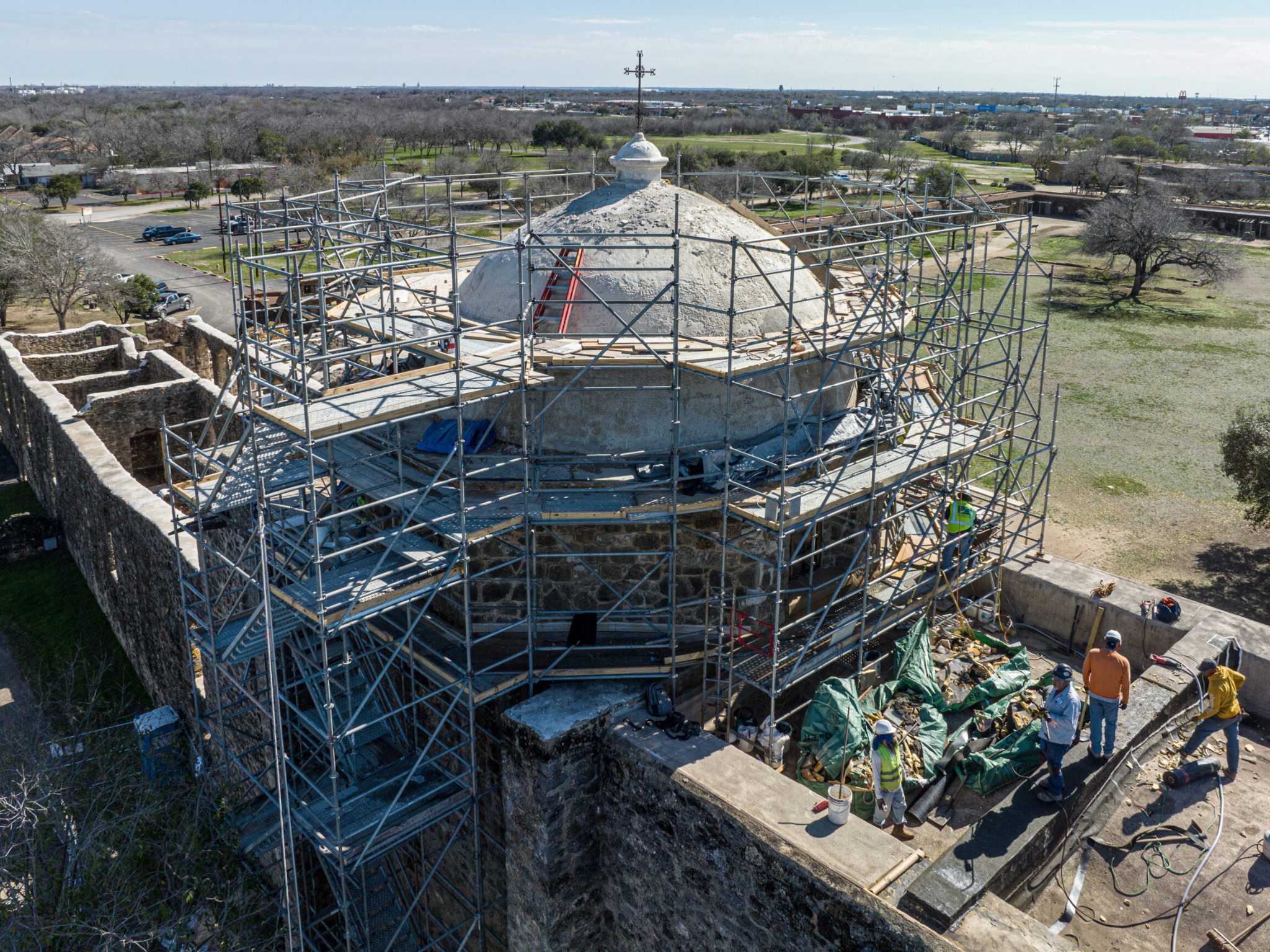
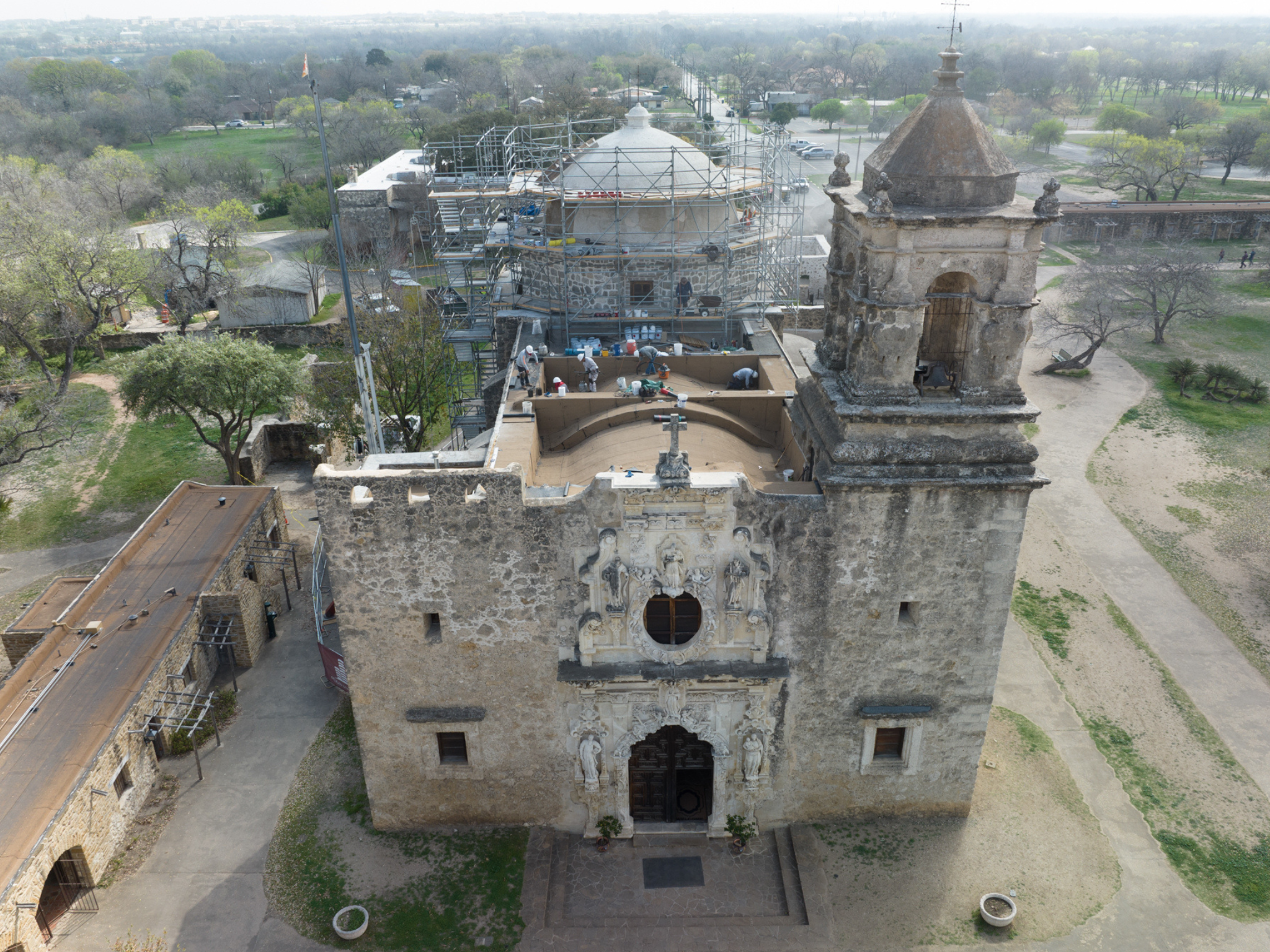
At the turn of the 20th century, interest in the missions began to grow. Father Bouchu, a French priest at Missions San Juan and Espada, rebuilt those churches. Tourists started driving out to see the ruins of Mission San José, spurring initial restoration efforts. Then, in 1928, Mission San José’s bell tower collapsed, prompting a wide range of community members and organizations to come together and save what had once been called the “Queen of the Missions.” Their restoration efforts complete, Mission San Jose was rededicated in 1937.
Significant support in the 20th century ensured the missions would continue to serve as places of worship and living history. Local parish communities became more robust. The Sisters of Charity of the Incarnate Word established a school at Mission Espada, while St. John’s Seminary operated at Mission Concepción—both adding vital life and daily use to these historic buildings.
Despite initial restoration efforts, the cost of modernizing and maintaining the missions increased steadily. Monsignor Balthasar Joseph “Balty” Janacek emerged as a key figure, remembered for his fondness for and dedication to the San Antonio mission parishes. Recognizing the need for additional funds to preserve the small mission churches, in 1967, he founded an organization to assist with fundraising and by 1983 he had incorporated the nonprofit Old Spanish Missions, Inc., now known as Las Misiones. He is best known as a beloved spiritual advisor who negotiated the landmark agreement between the Archdiocese of San Antonio and the National Park Service creating the San Antonio Missions National Historical Park in 1978.
Father David Garcia is another key figure in the preservation of the mission churches, as well as their designation as a World Heritage site. Not only did he attend St. John’s seminary when it was located at Mission Concepción, he became the Administrator of Mission Concepción, retiring in 2019. As a young priest, Fr. David was involved in Msgr. Janacek’s preservation efforts, and later led a capital campaign that raised over $15 million for the mission churches, ensuring the churches could be updated and creating an endowment for annual maintenance. With this substantial support, Las Misiones established a 10-year plan to address needed maintenance and larger restoration projects at each mission church, all while remaining in close communication with the pastors.
Today, the mission churches benefit from a dedicated schedule of preservation, guided by Las Misiones. Projects have included repairing the dome at Mission Concepción, restoring the main roof at Mission San José, and safeguarding bells at Missions Concepción, San Juan, and Espada. Yet the work never truly ends. A new 10-year plan is underway, and with it comes the need for continued support. Las Misiones is the only nonprofit charged with preserving the mission churches. The churches receive no state or federal funding for preservation.
Although their thick stone walls might appear eternal, centuries of weather and wear remind us that without ongoing care, walls collapse and towers crumble. Las Misiones and its supporters remain committed to preserving these living parishes so that they might inspire generations of the faithful to come. Through the generosity of parishioners, philanthropists, and organizations, these historic treasures—our missions—will continue to stand as visible witnesses to our shared Catholic faith and heritage.
If you would like to learn more about the restoration projects funded by Las Misiones, or if you feel called to contribute to the preservation of these sacred landmarks, please visit www.lasmisiones.org.
